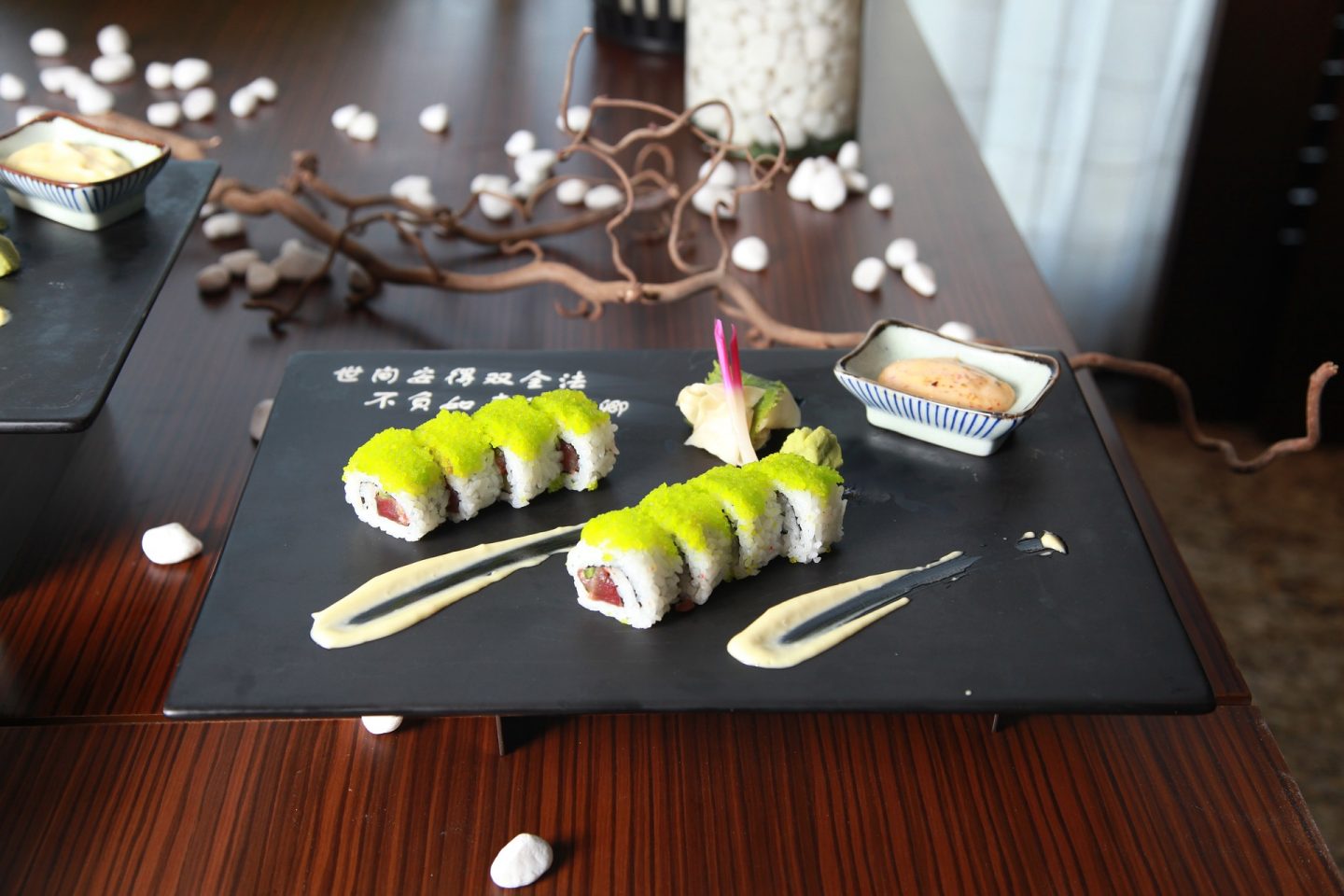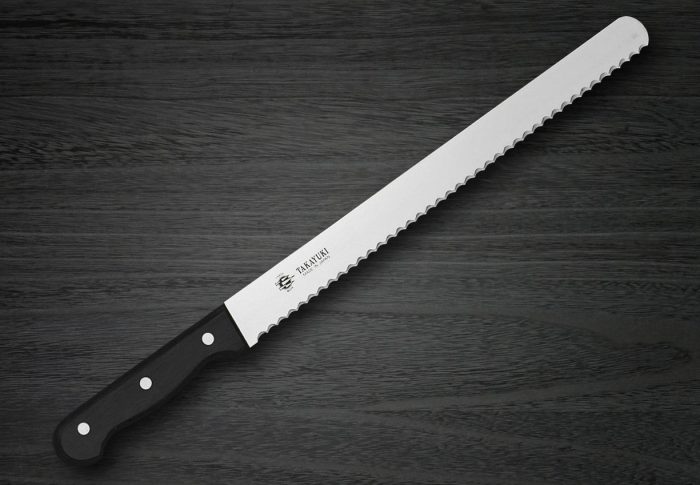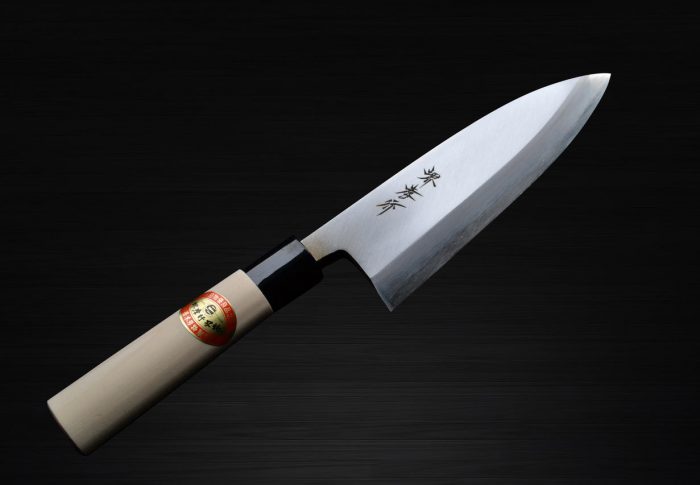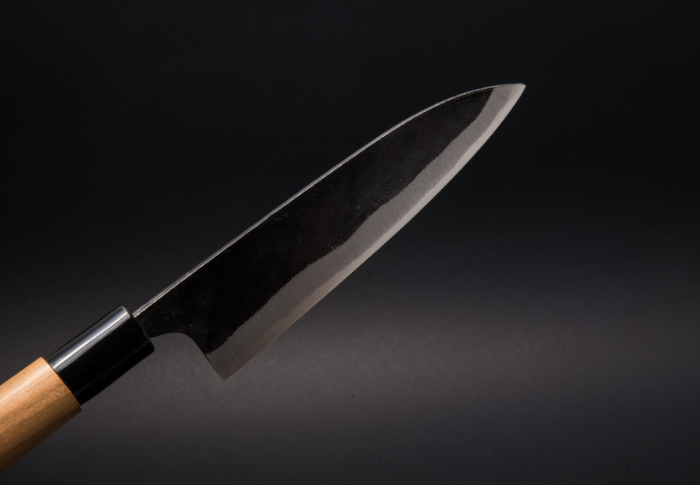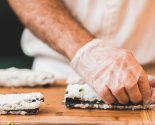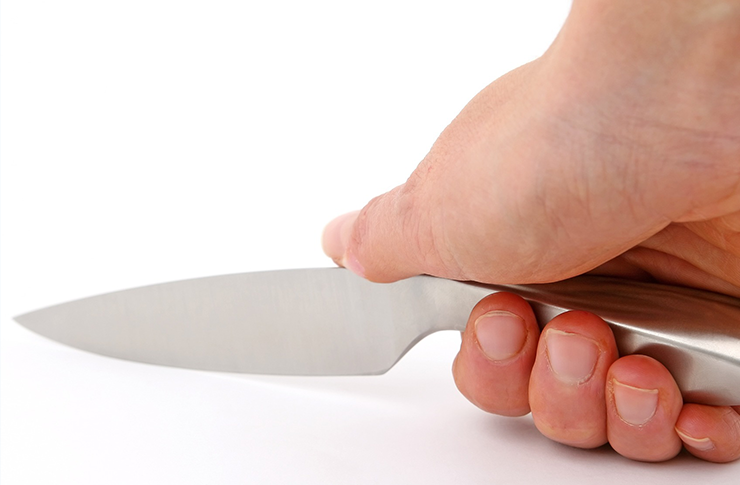
Professional Chef Knives
If you are considering purchasing professional chef knives, some background information can prove extremely helpful in making the right choice. What would qualify as a good choice for you? The right choice would consist of the answers to these questions: What exactly is going to be my use for this knife? Does it fit my hand comfortably? Is the knife blade too long? Is it durable, sharp, or heavy enough? How about the price tag; does it seem worth the cost?
Of course, browsing through huge selections of knife models can be confusing especially when there is no set goal or intention upon how or what the knife will be used for.When you look through catalogs for professional chef knives, you will most often find descriptions of features and parts of the knife which sometimes can be little more than technical gibberish to most of us. In order to remove some of the mystery to these terms, here are a few helpful pointers.
A knife is essentially divided into 3 main parts:
Handle
A handle is indeed one of the most significant parts of a knife. A handle acts like a pillar of the entire blade, the part that controls and maintains the overall balance. A handle can be made out of wood, plastic, laminated wood or steel.
They can be wood, plastic, laminated wood or steel. Wood is not very hygienic and in many cases requires more manual care than other materials. In professional chef knives, all types are marketed by brands. However, chefs prefer the laminated wood kind because they are more hygienic than wood, as well as light, durable, and easy to handle. The steel handles are the most hygienic but tend to slip in wet hands and are heavier which unfortunately can affect the knife’s balance.
Cutting edge
The edge of the knife can be flat ground (tapering down from the top of the knife), hollow ground (beveled at the cutting edge on both or one side – usually the right side, so if you’re left handed you need to watch out for this), serrated (great for cutting through tough skin covering soft flesh without bruising), and scalloped (usually found on meat cleavers and some Japanese Santoku knives; the depressions or scallops create air pockets between the flesh and edge of the blade facilitating easy separation of the cut pieces).
Blade
The flat, cutting surface of the knife is distinguished by the material it is made from. A forged blade is made of molten stainless steel and other alloys pounded when red hot, and shaped in a forge. These are harder and therefore sharper and long lasting. Stamped blades are cut directly from cold rolled steel. These are marketed by premium brands like Global, but professional chefs do not prefer stamped blades.
A term you’ll often come across when looking for professional chef knives, and one that knife manufacturers love to flaunt, is “rockwell grade.” Don’t be alarmed by this technical-sounding term. It’s just a measure of surface hardness, and all you need to know is that a good knife will have a grade between RC50 to RC63. The hardness of the material ensures that the knife stays sharper longer, but sharpening hard knives will be a bit more difficult. The laminated blades of Japanese knives combine the hardness of stainless steel with softness of high carbon steel and have extremely sharp cutting edges.
When choosing amongst professional chef knives, consider the size of your hands. If you have small hands, then a 5-8″ blade length is ideal. Japanese Santoku knives are all-purpose knives that have short blades. The French or German knives have blades that are longer than 8″.
Keep in mind that buying a knife kit or a knife set is cheaper than purchasing individual knives. Look into the specified use of the knives or you may end up not using it or misusing it. While you’re at it, invest in a good knife sharpening tool like a whetstone or an electric knife sharpener, and you will be all set to enjoy cooking the professional way with high quality knifes.
